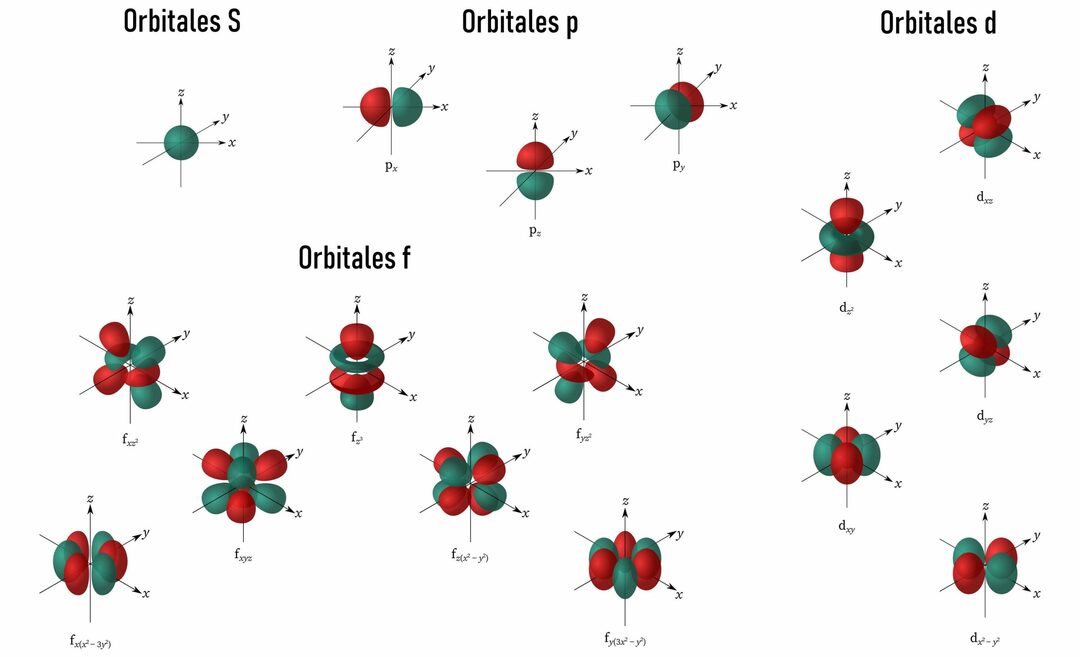The Chromosomal Theory of Inheritance
Biology / / July 04, 2021
In 1866, Mendel published an article on his studies of heredity. However, the scientists were not interested in his work. It was not until 1900 that three European scientists, working independently, rediscovered Mendel's paper. This was 16 years after Mendel's death. Each of these scientists gave Mendel full credit for his brilliant work. The beginning of modern genetics was thus marked.
At the turn of the century, Walter S. Sutton, a graduate student at Columbia University in the United States, read Mendel's work. Sutton was studying the process of meiosis in the sperm of the Grasshopper. He observed some similarities between the behavior of chromosomes and Mendel's "factors."
Comparison between chromosomes and Mendel's "factors".
Chromosome characteristics |
Characteristics of Mendel's factors |
The chromosomes are in pairs. |
Mendel's factors are in pairs. |
Chromosomes are secreted during meiosis. |
Mendel's factors are secreted during gamete formation. |
Chromosome pairs are distributed independently of other chromosome pairs. |
Mendel's factors are distributed independently. |
At that time, the function of chromosomes was unknown. Sutton studied the similarities between Mendel's factors and the movement of chromosomes during meiosis. He then hypothesized that chromosomes were the carriers of the factors, or genes, described by Mendel. Sutton could not prove that the genes were actually on the chromosomes. Other scientists proved it a few years later. However, Sutton's work led, at the beginning of the last century, to the formulation of the theory chromosome inheritance The chromosomal theory of inheritance states that chromosomes are the carriers of the genes.
Chromosome recombination.
In Prophase I of Meiosis, homologous chromosomes synapse and mate by exchanging genetic material, this is what is called chromosomal recombination. Once the homologous chromosomes have paired, each one goes to one pole of the dividing cell and is thus haploid.
Homologous chromosomes are those that have the genes for the same appearance such as eye color, amount of melanin, etc. In humans there are 23 pairs of homologous chromosomes, and each homologous chromosome can only pair with one pair.
Chromosomal recombination ensures that all gametes are different in genetic information, that explains the differences between non-homozygous siblings.
Sex-linked inheritance and X-linked genes
Any gene located on the X or Y chromosome is linked to sex. Various experiments with the fruit fly could explain that sex chromosomes not only determine sex, but also carry genes with hereditary characteristics; for example, the inheritance of white eyes in the male.
Other examples are: Color blindness and hemophilia, which occur only in men, women carry the genes but do not show them.
Genetic alterations: mutations and chromosomal aberrations.
1. Mutations They are changes in the hereditary material. Mutations are passed on to new cells that form during cell division. Some mutations have no visible effects. Others have drastic effects on an organism, and sometimes on the progeny of that organism.
Mutations can comprise the structure, or the number of chromosomes or the chemical nature of the genes. A change in the structure or number of chromosomes is a chromosomal alteration. Usually, these alterations cause visible changes in the phenotype. A change in the chemical nature of DNA is a genetic mutation. A genetic mutation may or may not be visible in the phenotype. Somatic mutations occur in the cells of the body of an organism. These mutations are transmitted only to cells that come from the original mutant cell; they never pass to the progeny. Germ mutations occur in the reproductive cells of an organism. These mutations can be passed on to progeny. Many mutations that produce noticeable effects are harmful and interfere with an organism's ability to function. The effects of some mutations are severe enough to cause death.
Sometimes mutations are beneficial to an organism. In these cases, a mutation makes the organism better able to survive in a certain environment.
2. Chromosomal aberrations. Mutations that affect chromosomes are called chromosomal aberrations. There are two kinds of chromosome aberrations: changes in the normal number of chromosomes and changes in the structure of the chromosome itself.
During meiosis, the chromosome pairs sometimes do not separate, which is called nondisjunction. Nondisjunction occurs when one or more pairs of chromosomes do not separate during meiosis. Nondisjunction can be with autosomes or with sex chromosomes. If nondisjunction occurs, the gametes that are formed may have too many or too few chromosomes. If these gametes are fertilized, the progeny will not have the correct number of chromosomes in their cells. Therefore, nondisjunction can cause abnormalities in their progeny. Examples of nondisjunction, we have several: Down syndrome where there are 3 chromosomes 21; Turner syndrome, where there is only one X chromosome.


